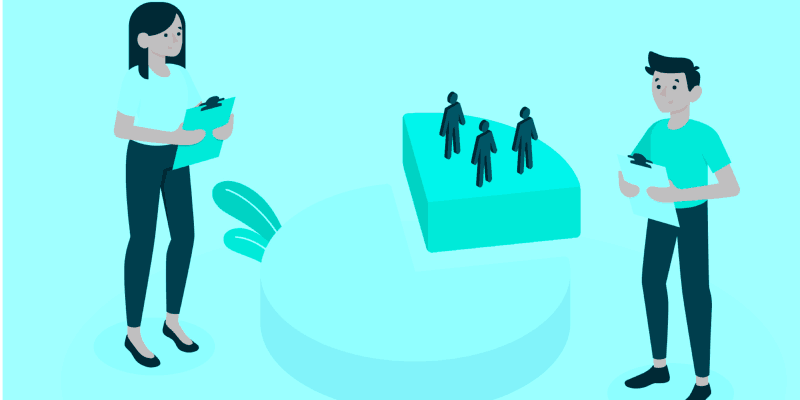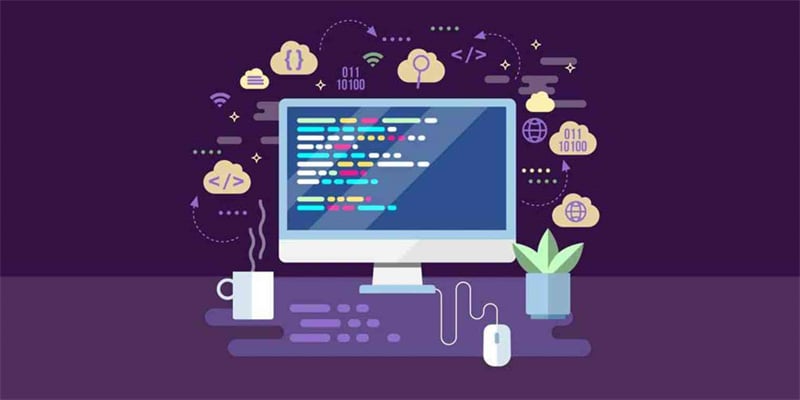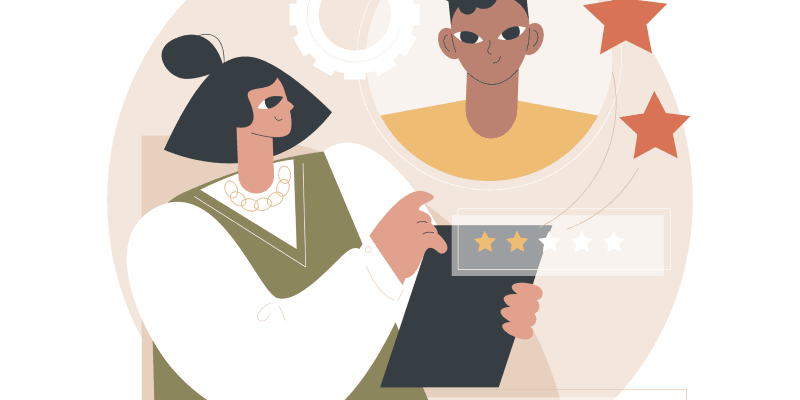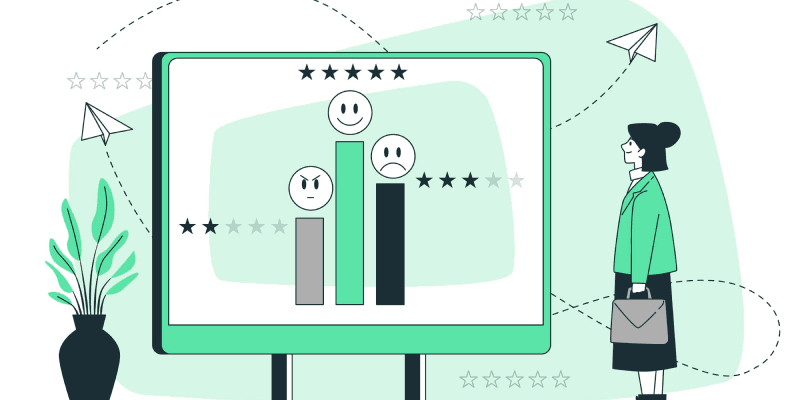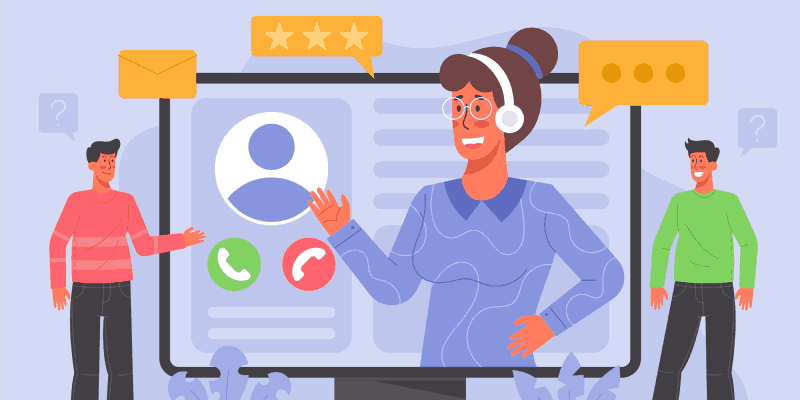Framework for Delivering Customer Support in a SaaS Environment
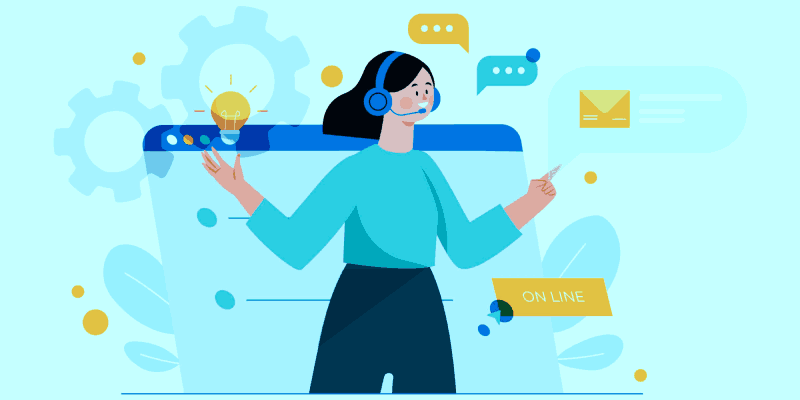
We sometimes share content from partner companies. Below, Patryk Kępa from Elastic Email discusses their framework for delivering Customer Support in a SaaS environment.
How do we at Elastic Email, successfully communicate with customers to help maintain long-term valuable relationships?
We believe it all starts with an empathic mindset. We are very aware that many of our users are not technical or familiar with integrating our solution into their processes, so it is important to listen to each client and cater to their individual needs. We find starting our customer relationships this way ensures our users are much more likely to meet and exceed their stated objectives.
Elastic Email Customer Support Engagement Framework
- Listen and Empathize
- Ask and Clarify
- Set Expectations
- Deliver Solution
1. Listen and Empathize
It’s not reinventing the wheel by saying that listening to the customer is one of the most important elements of a successful business-client relationship. We feel the addition of empathy to the mix will elevate the quality and efficiency of your communications. It is very important to get on the same page with the client from the very beginning. Your initial interactions will build your understanding of the customer’s issues and the outcomes they are looking to achieve by using your solution, you should also be getting a sense of the customer’s personality and how best to approach future conversations.
2. Ask and Clarify
Our years of experience with customers have taught us not to presume anything! Sometimes our sales and onboarding conversations may not have captured all of the customers’ requirements or their order of importance. Also, sometimes in initial conversations, certain messages may be ‘lost in translation’.
Presuming to know what the customer wants or even guessing tends to be counterproductive and can extend the onboarding, adoption and support processes. We have learned at Elastic Email to always clarify the customer’s needs, this ensures that we are focussing on helping them achieve their desired outcomes rather than some preconceived ideas of how our solution should be used or implemented.
3. Set Expectations
Another key point in our flow is to set the right expectations. Once we have established our client’s issue and made sure that all crucial information has been gathered, we are generally in a position to take the right action. However, in order to prevent any friction or misunderstandings, our customer support team always agrees on achievable expectations with the customer. Experience has taught us that honesty and transparency in our actions always pay off and allows us to build long-lasting and meaningful connections.
4. Deliver Solution
Naturally, the last step is to provide them with a solution to their issue. The steps to successfully solve the problem need to be conveyed in a very clear and understandable way. Our ultimate goal is to empower our customers with the knowledge to succeed in using our platform. To educate them throughout their journey, making the right knowledge available at the right time to ensure they can self-serve their way to success if that is their preference.
Besides the above flow, other key elements to ensure that our clients are taken care of is to ensure that responses are given in a timely manner:
As our services are used worldwide pretty much 24/7, we have to make sure we meet the needs of all of our customers.
We have configured our support process to ensure the support team in one timezone can seamlessly prioritize and action tickets from the earlier timezone.
Currently, our support team works from 3 different sites to ensure smooth support across all time zones. We have configured our support process to ensure the support team in one timezone can seamlessly prioritize and action tickets from the earlier timezone. This way we are able to ensure our clients receive help as soon as it is possible.
Another focus of ours is to empower the customer and educate them:
As referred to in the framework, above, when giving the solution to our clients we also try to convey the message in a way that is understandable and also explains the issue in detail to give the understanding of why certain issues appeared in the first place as we strongly believe educating our customers enables them to take the most of services we are offering.
Additionally, we maintain and constantly develop our Knowledge base and Elastic Email blog with articles on certain topics, functionalities, features, integrations, or even industry standards.
What also matters to us is the voice of our trusted, active users. Whenever new functionality is being rolled out, or simply somebody reaches out with feedback, we make sure to listen to our community of users. This often provides us with insights to improve feature rollout and product design. We do this by requesting feedback at the end of every interaction with a customer as well as via in-app widgets that allow users to submit ideas at any time. Support can then funnel these ideas to the relevant department to be acted on.
Conclusion
Experience has shown us that providing support in a SaaS context is very different from support in a standard business model.
The ability of customers to churn at regular intervals means we need to be very customer-focused and deliver resolutions to our customers in a timely manner. This is why we have built a follow-the-sun support offering and a customer support philosophy that is very focused on listening and empathy, resolving immediate issues, and also being a conduit to funnel product ideas and feedback to the company as a whole.
We also need to meet customers where they are, whether communicating with them live, via delayed but timely responses, via in-app and website widgets, or by allowing customers to support themselves via our knowledge base.
Most importantly the customer should feel that they are at the center of our efforts and that all of our focus is on delivering customer care not just customer support.
